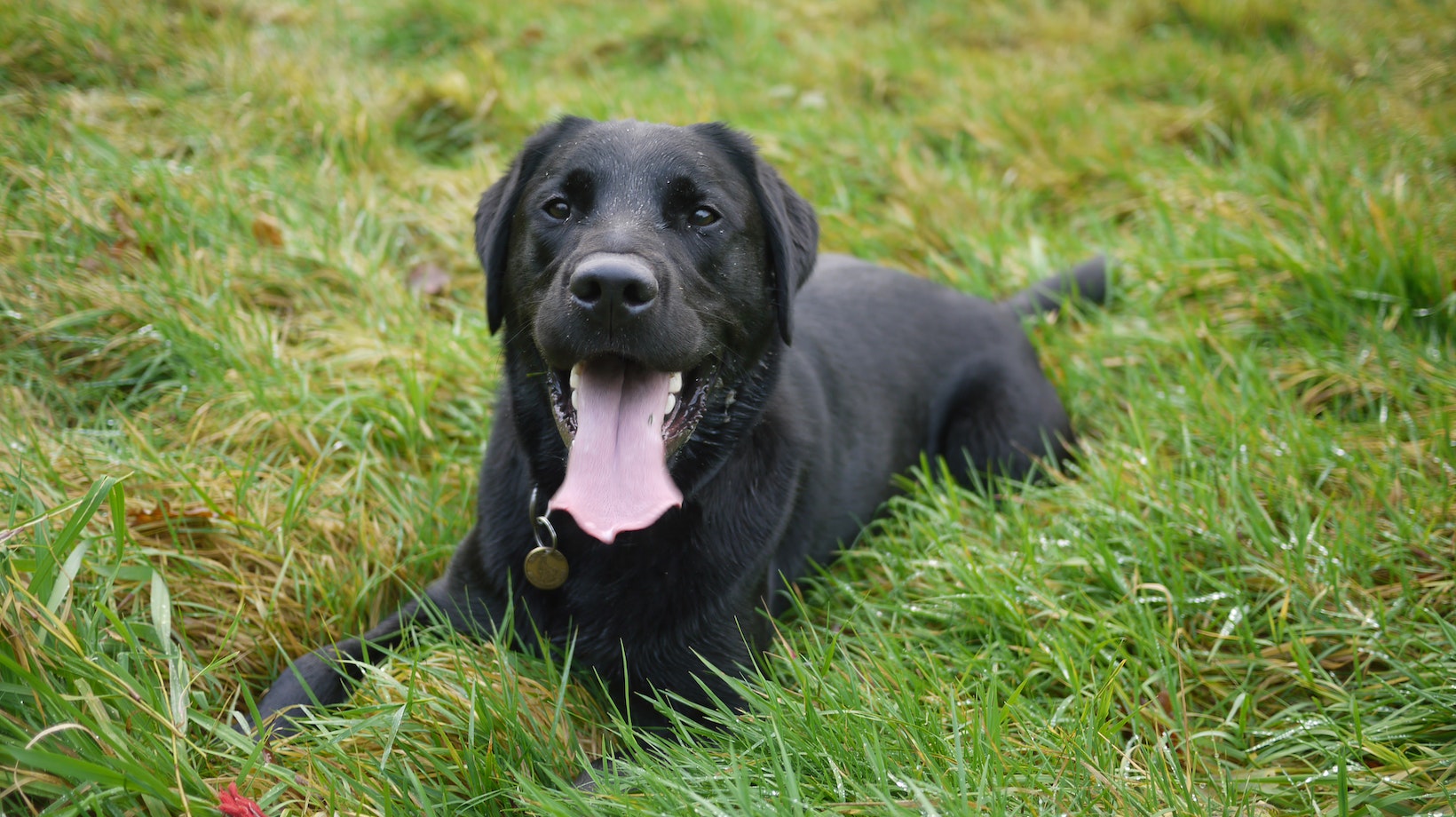Are you struggling with your Labrador constantly marking their territory? It can be frustrating when your beloved pup leaves their mark all over the house. But fear not, because I’ve got some helpful tips to help you put an end to this behavior and keep your home clean and odor-free.
Firstly, it’s important to understand that marking is a natural instinct for dogs, especially for male Labradors. It’s their way of claiming their territory and communicating with other dogs. However, there are steps you can take to discourage this behavior.
One effective method is neutering or spaying your Labrador. This can significantly reduce hormone-driven marking behaviors. Additionally, establish a consistent routine for bathroom breaks and provide plenty of opportunities for outdoor exercise and exploration.
Another strategy is to limit access to areas where your dog has previously marked. Close doors or use baby gates to block off these spaces until the marking behavior is under control. Utilizing positive reinforcement techniques such as rewards and praise when your dog goes outside can also reinforce appropriate elimination habits.
How to Stop My Dog From Marking
Why do dogs mark their territory?
When it comes to understanding why our furry friends engage in marking behavior, there are a few key factors to consider. One primary reason is that dogs have an instinctual need to establish and maintain their territory. Just like their ancestors in the wild, domesticated dogs have a natural inclination to mark areas as a way of claiming and communicating ownership.
Another factor that contributes to marking behavior is hormonal influence. Male dogs, especially those who haven’t been neutered, tend to be more prone to marking than females. Testosterone plays a significant role in this behavior, as it prompts them to leave scent markings as a form of communication with other canines.

Common reasons for marking behavior
While territoriality and hormones play major roles in marking behavior, there are also other common triggers that can lead your dog to engage in this activity:
- Marking new environments: Dogs may feel compelled to mark when they encounter unfamiliar places or objects. This helps them establish their presence and reduce anxiety by leaving their scent behind.
- Social signaling: Dogs use urine markings as a means of social communication with other animals. By leaving their scent on certain objects or locations, they pass along important information about themselves such as age, reproductive status, and even emotional state.
- Anxiety or stress: Just like humans, dogs may resort to marking when feeling anxious or stressed. Changes in routine, new additions to the household (like another pet or family member), or separation anxiety can trigger this type of behavior.
How does marking behavior affect your dog’s health?
While marking itself is not harmful per se, excessive or inappropriate marking can have some negative effects on your dog’s well-being:
- Increased stress levels: If your dog feels the need to constantly mark his territory indoors or outdoors, it could indicate underlying stressors that should be addressed. Chronic stress can lead to various health issues, including behavioral problems.
- Conflict with other animals: Marking can sometimes spark territorial disputes between dogs. If your dog marks in areas frequented by other canines, it may cause tension and potential conflicts, especially if they are not familiar or comfortable with each other.
- Risk of urinary tract infections: In some cases, excessive marking can increase the risk of urinary tract infections. Frequent urination and exposure to potentially contaminated environments may introduce bacteria into the urinary system.
Understanding the reasons behind your dog’s marking behavior is crucial for addressing any concerns or potential health risks associated with it. By recognizing their natural instincts and providing appropriate training and guidance, you can help your furry companion find more suitable ways to express themselves without compromising their well-being.